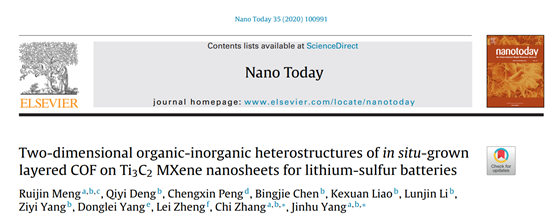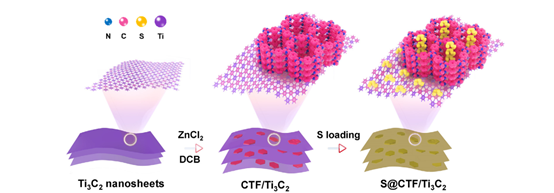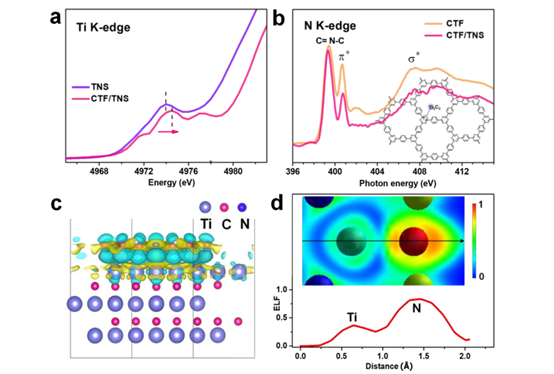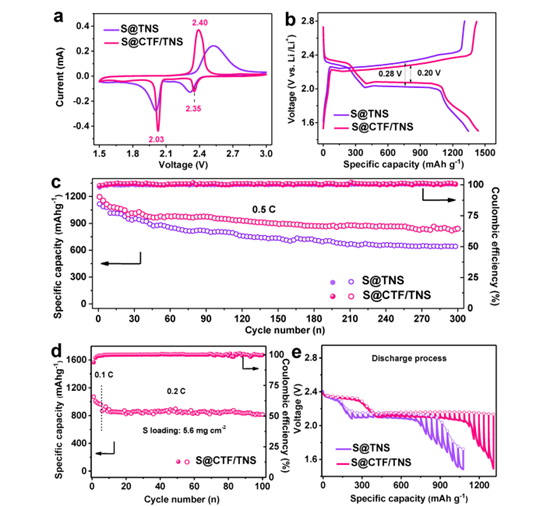
hotline:
17715390137
Tel/Wechat:
18101240246 (Technology)
0512-68565571
Email:mxenes@163.com (Sales Engineer)bkxc.bonnie@gmail.com
Scan the code to follow or search the official account on WeChat:
2D Materials Fronrier After paying attention,
click on the lower right corner to contact us,
Enter enterprise WeChat.
Professional Services Online


Research Background
Lithium-sulfur (Li-S) batteries are considered to be a promising alternative to lithium-ion batteries due to their high theoretical specific capacity (1675 mA h g−1), low cost, and low pollution. However, the "shuttle effect" caused by the dissolution and diffusion of intermediate lithium polysulfide (LiPSs), coupled with poor electronic conduction and ion diffusion kinetics, often leads to rapid capacity degradation. On the other hand, the high sulfur content of the high sulfur cathode is also a key factor in the practical application of lithium batteries. Therefore, in order to solve the above problems, the current focus of work is mainly to develop suitable sulfur matrix materials that can inhibit the shuttle effect, promote electrical conductivity/ionic conductivity and high sulfur content.
Graphic guide






| Reminder: Beijing Beike New Material Technology Co., Ltd. supplies products only for scientific research, not for humans |
| All rights reserved © 2019 beijing beike new material Technology Co., Ltd 京ICP备16054715-2号 |